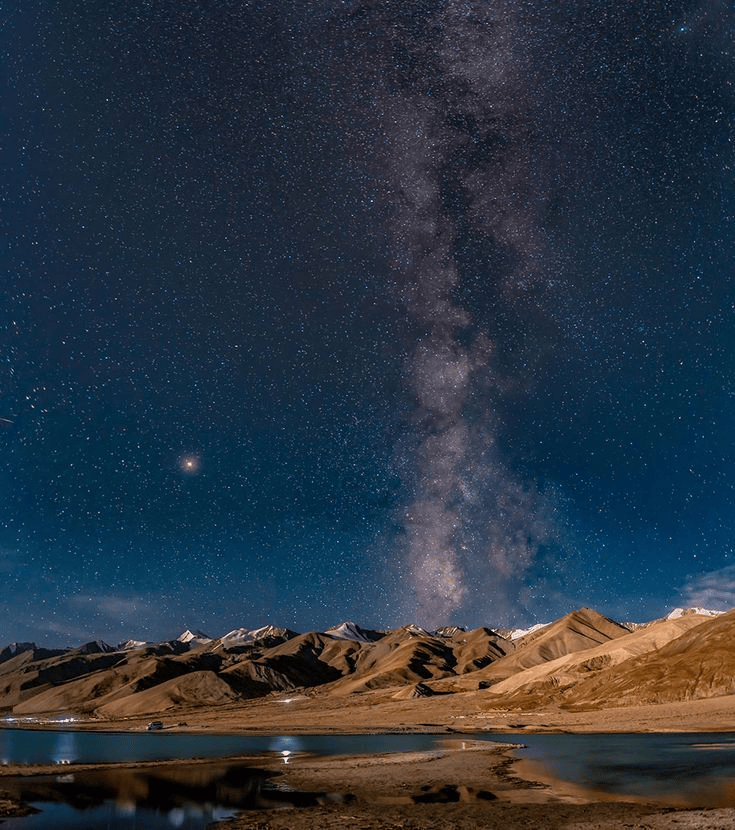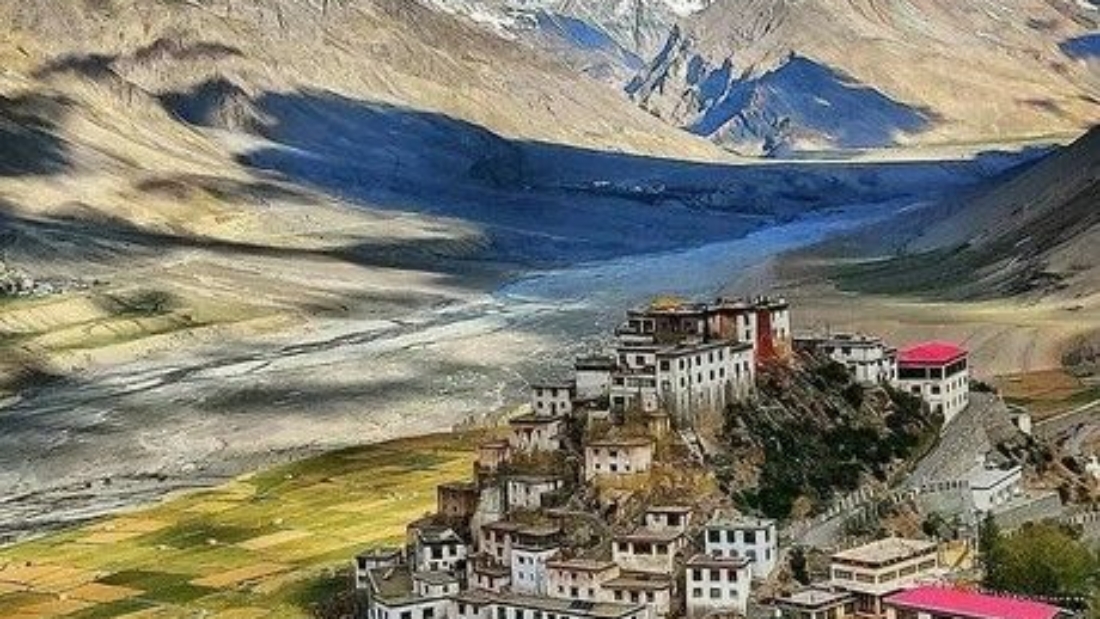Spiti Valley to Ladakh Road Trip: The Ultimate Himalayan Adventure
The Spiti Valley to Ladakh road trip is one of the most awe-inspiring journeys in the Indian Himalayas. It’s a traveler’s dream, combining rugged terrains, high-altitude passes, stunning landscapes, and centuries-old monasteries. Whether you’re an adventure enthusiast or someone looking to explore the raw beauty of nature, this road trip promises to be unforgettable.

Overview of the Spiti Valley to Ladakh Road Trip
Embarking on a road trip from Spiti Valley to Ladakh means traveling through two of the most remote and challenging regions of India. Both valleys are located in the northernmost part of Himachal Pradesh and Jammu & Kashmir, offering views that are nothing short of spectacular.
The trip typically covers the route from Spiti to Leh, crossing the famous Manali-Leh Highway. Expect to drive through towering mountain ranges, over high-altitude passes like Baralacha La and Tanglang La, and alongside sparkling rivers and ancient monasteries.
Best Time to Visit Spiti and Ladakh
Planning the timing of your trip is crucial to ensure safety and enjoyment. The best time to visit Spiti and Ladakh is between June and September, when the roads are accessible and the weather is relatively stable. During this period, the snow has melted, and the high mountain passes are open for travel.

Preparing for the Road Trip
Before setting off on your Spiti to Ladakh journey, here are a few essential preparations:
Vehicle Selection: A sturdy 4×4 vehicle is recommended for the rough, unpaved roads and steep mountain passes.
Acclimatization: Both Spiti and Ladakh are at high altitudes, so proper acclimatization is critical to avoid altitude sickness.
Permits: Carry all necessary permits, such as Inner Line Permits for certain restricted areas in Ladakh.
Fuel: Fuel stations are scarce along the route, so it’s essential to plan your fuel stops accordingly.
Route Map and Key Stops
Day 1: Manali to Kaza (Spiti Valley)
Begin your journey in Manali, driving through the Rohtang Pass towards Kaza, the heart of Spiti Valley. This leg covers about 200 kilometers and takes 8-10 hours.
Day 2-4: Exploring Spiti Valley
Spend a few days exploring Spiti’s key attractions like the Key Monastery, Tabo Monastery, and the quaint village of Langza, famous for its fossil sites.
Day 5: Kaza to Sarchu
This leg of the trip takes you through Kunzum Pass and into the Lahaul Valley before reaching Sarchu. The route is scenic but challenging, and Sarchu serves as an overnight stop before entering Ladakh.
Day 6: Sarchu to Leh (Ladakh)
Crossing the Baralacha La and Tanglang La passes, this day’s drive will bring you to Leh, the capital of Ladakh. Leh offers a variety of experiences, including a visit to the famous Shanti Stupa and Leh Palace.
Must-Visit Attractions on the Road Trip
Key Monastery (Spiti Valley): One of the largest and oldest monasteries in Spiti.
Chandratal Lake: A mesmerizing high-altitude lake near Kunzum Pass.
Pangong Lake (Ladakh): Famous for its changing colors, stretching across the India-China border.
Nubra Valley (Ladakh): Known for its sand dunes and double-humped camels.
Tso Moriri: A remote and beautiful lake surrounded by mountains.

Road Conditions and Challenges
The road conditions between Spiti and Ladakh can vary greatly, with some sections being smooth, while others are rough and treacherous. The journey involves navigating numerous high-altitude passes, and the lack of oxygen at these altitudes can be challenging for both vehicles and travelers. Roads can be narrow with steep drop-offs, so caution is necessary, especially during the monsoon season when landslides are common.
Essential Packing List for the Trip
Warm Clothing: Temperatures can drop drastically, especially at night.
First Aid Kit: Include medicines for altitude sickness and other emergencies.
Snacks and Water: For the long stretches without services.
Extra Fuel: Fuel stations are few and far between.
Car Repair Tools: Due to the tough terrain, be prepared for vehicle issues.
Cultural Experiences
The road trip is not just about breathtaking landscapes but also about immersing yourself in the local culture. Both Spiti and Ladakh have a rich Buddhist heritage, with many ancient monasteries dotting the landscape. Interacting with the locals, you’ll experience their unique traditions, food, and hospitality.
Safety Tips for a Successful Road Trip
Drive Slowly and Cautiously: The roads are narrow and unpredictable.
Stay Hydrated: High altitudes can dehydrate you quickly.
Respect Nature: Avoid littering and be mindful of the environment.
Stay Informed: Weather conditions can change rapidly, so always check before you embark on a day’s journey.
Budgeting for the Trip
The overall cost of a Spiti to Ladakh road trip depends on various factors such as vehicle rental, accommodation, and fuel costs. Typically, you can expect the trip to cost between ₹30,000 to ₹60,000, depending on your preferences for accommodation and activities.
FAQs About Spiti Valley to Ladakh Road Trip
How many days are required for the Spiti to Ladakh road trip?
You’ll need about 10 to 15 days to fully enjoy the trip and cover all the key destinations.
What is the total distance of the trip?
The journey from Spiti Valley to Leh covers approximately 750 to 800 kilometers.
Is it safe to drive alone on this route?
While the route is safe, it’s recommended to travel in a group or with experienced drivers due to the challenging terrain.
Do I need permits to travel from Spiti to Ladakh?
Yes, you need permits to visit certain areas, especially in Ladakh, such as Nubra Valley and Pangong Lake.
Are there medical facilities along the way?
Medical facilities are limited, especially in the remote areas. Carry a first aid kit and basic medicines for emergencies.
Can I camp during the trip?
Yes, there are many camping sites along the route, especially near places like Chandratal Lake and Pangong Lake.

